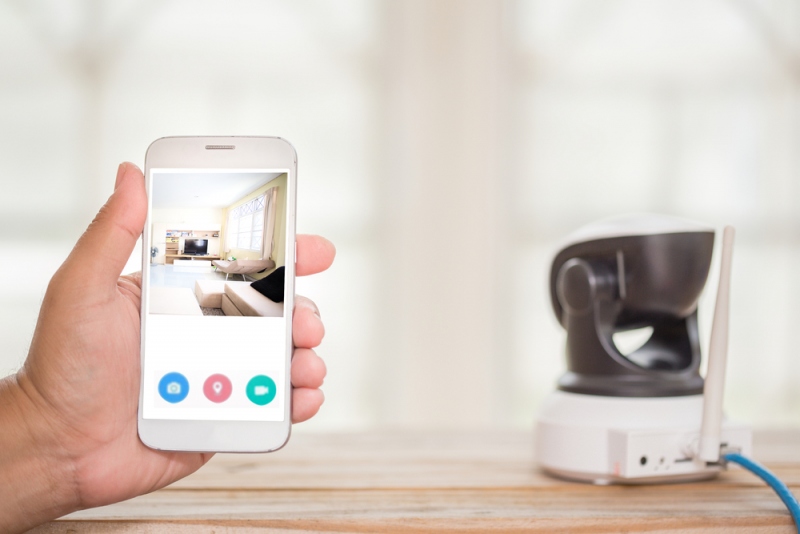What Is PoE Security Camera System?
Power over Ethernet (PoE) is a technology that allows the delivery of electrical power and network communications through a single Ethernet cable. This is a great step in convenience since users no longer have to connect multiple cables between devices and adapters for functionality. Ethernet cables can now provide power and connectivity to virtually all wireless devices. In other words, you get power and performance in a single package.
When it comes to security camera systems, PoE technology allows a single cable to power an IP camera and transmit the data from it. This allows for more installation options than ever before, along with lower costs and additional benefits.
Flexibility
A PoE security camera system provides users with more installation options for cameras, since there will be no need to run separate power lines for each individual camera. This could outright eliminate installation costs, as complicated electrical work is unnecessary. PoE systems can even be connected to an uninterruptible power supply, ensuring that critical systems always have power, even if the primary power supply is interrupted.
Safety and maintenance
Another advantage of a PoE system is that its infrastructure is quite safe. Power is only supplied when the presence of a PoE connected device is detected. This means there is no constant surge of power delivered along lines like with more traditional systems, so both people and equipment are safe from shocks or overloads during downtimes.
PoE systems are maintenance friendly, as well. Obviously, this habit wouldn’t be desirable with security cameras, but other devices connected to the system can be set to automatically shut down at night. This can be useful to businesses for things such as printers and VoIP phones. Settings for all systems can also be adjusted remotely. Additionally, the reach of any camera system is easily upgradeable with a PoE switch.
Limitations
While PoE systems do have great advantages, it would be disingenuous to suggest there are no downsides. In some cases, PoE power supplies may not be efficient. For example, they will easily provide enough power to a standard PTZ camera, but they may struggle with more high power consuming devices like a network of HD cameras.
The other major downside is that a single PoE power source typically supplies power to a multitude of devices, particularly when it comes to camera systems. If one device on this same power network encounters a problem, it can cause the entire system to stop working.
Cutting-edge hybrid solutions
No security system is perfect, and advancements in Artificial Intelligence and the frequency of security system hacks are rapidly changing the landscape. Current trends are leaning toward hybrid cloud video surveillance and intelligent security software. It’s not uncommon for IP cameras to be compromised by flaws in security ranging from unprotected passwords to hardware issues.
Cloud based security cameras are vulnerable to network failures. Hybrid cloud technologies, however, allow for the best of both worlds, as footage can be stored on an SSD inside a camera as well as in the cloud.
Hybrid solutions prevent a single problem from resulting in an entire system failure. Each individual camera can be encrypted with cloud software solutions and set to only make outbound communications to cloud servers, greatly reducing the chances of a security breach. Authorized users will be able to utilize a simple app to view cameras from any location at any time, and they can configure custom notifications for desired data. This way, action can be taken during emergencies, even if no one was present to see it. An advanced camera system combined with smart software can provide peace of mind at all times.

